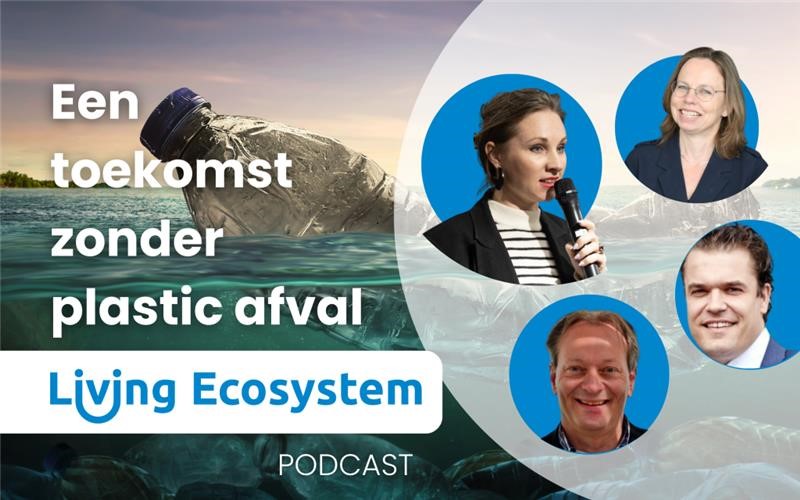Authors Willem van Liemt and Martijn Zieverink investigated sixteen large corporate circular projects for success and failure factors, by interviewing higher management sponsors, key staff and project leaders. The projects represent >2.5 billion euro total capital invested, >1 million tons in annual product, and >1.8 billion euro annual turnover. Fifteen of the sixteen projects were aimed at producing plastics, chemicals or intermediates. Eleven projects were prematurely terminated, and five projects were completed or are close to completion.

We identified a total of nine factors that influence the success of these large circular projects. Three factors are dominant: 1) growth- or cash mindset; 2) corporate leadership; and 3) risk-taking culture.
We found that successful projects are run by corporations that have sufficient financial stability to continue to support the project throughout a business downcycle. Corporate leadership, its ability to develop a corporate transition strategy and consistently mobilize both corporation and shareholders, is critical. Value chain commitment, de-risking the market exposure of the project, and political stability are important external factors. Successful projects are more likely within privately-owned corporations, or in cases where the project is a necessary element of a strategic corporate transition process (“there is no alternative”).
Unsuccessful projects are often the result of a change from a growth- to a cash mindset. This can be triggered by challenging business conditions or due to corporate strategic redirection. We found that the lack of strong and mobilizing corporate leadership, sometimes triggered by a change in leadership, was an important barrier for project continuity.
Commodity-type corporations with low product margins and limited product development capabilities intrinsically struggle to deliver transformational projects, as they lack the skills, competencies and the culture of risk-taking to be successful.
Despite the success of some projects, nearly all the interviewed participants are pessimistic about the willingness of existing corporations to take a leading role in the circular transformation. The consensus is that corporations today are generally too risk-averse and too focused on short-term shareholder value to be successful in driving the circular transition.
We found a difference between external communication of barriers for failed projects, and the results from this study. In official communication, the barriers technology maturity and existing regulation are most often mentioned as reason for project termination, in contrast to the actual top three barriers found in this study.
Interventions are possible at the corporate leadership level, and by integration across the value chain, but our results suggest they may need facilitation, support or even enforcement from external parties like government, insurance companies, customers and shareholders.









